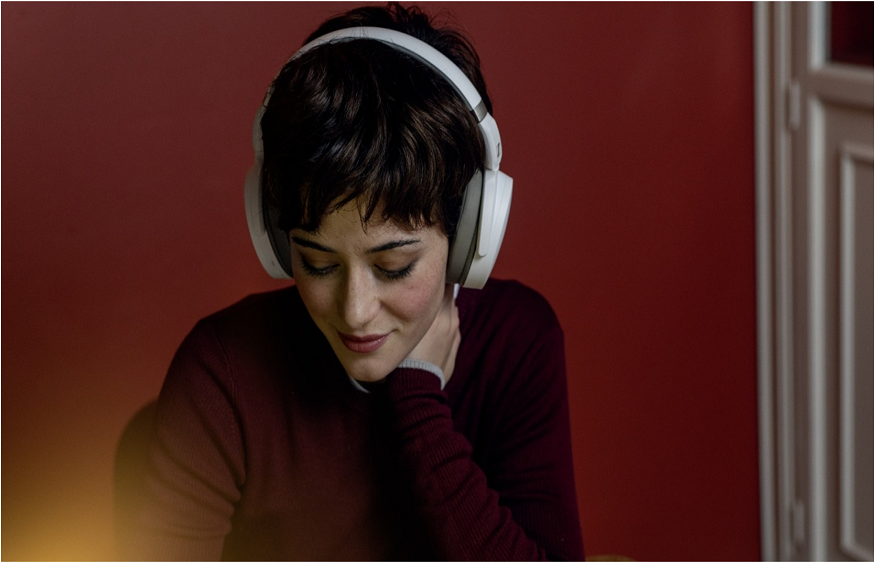They say that necessity is the driving force behind all inventions, and the creation of headphones is no exception. The need to free up telephone operators led to the birth of headphones. Similar to computers, headphones went through multiple generations before becoming what they are today. Early prototypes of hands-free headphones emerged, and the first of its kind was developed in the 1890s by a British company known as the Electrophone. This groundbreaking invention allowed clients to join live performances at theaters by using a pair of large earphones connected beneath the chin and held by a long rod.
Headphones serve as the antithesis of loudspeakers, enabling individuals to privately listen to audio sources, while loudspeakers emit sound into the open air for nearby individuals to hear. These devices are also referred to as ear speakers, earphones, cans, or earbuds, depending on their design and style.
1- Over-Ear Headphones
Over-ear headphones, also known as circum-aural headphones, are designed with larger earpads that enclose the entire ear. This literal interpretation of “over-ear” means that these headphones rest on top of the head and encompass the entire ear, providing a cupping effect. They are an excellent choice for listeners seeking a comfortable fit and are not bothered by the larger size of the headphones. Typically, over-ear headphones adopt a closed-back design, which enhances their sound quality, noise cancellation, and reduces sound leakage. However, it’s important to note that there are also open-back over-ear headphones available. These open-back headphones provide breathability and allow sound to enter and exit the ear cups. You can easily buy any types of ear bds within your budget through this Noon Promo Code.
2- In-Ear Headphones
In-ear headphones redefine satisfaction by combining portability, flexibility, and convenience into a single design. These headphones, also known as canal phones or earphones, are positioned on the outer ridge of the ears, slightly inserted into the ear canal, and rest inside the ears, bringing them closer to the eardrums. This design offers several advantages, including comfort, accurate sound reproduction, and sound isolation. Interestingly, these qualities are also prominent in closed-back headphones. Consequently, in-ear headphones have been hailed as the portable, closed-back version of headphones. They are the most widely used and recognized type of headphones, as they are user-friendly and provide a compelling alternative to the bulkier on-ear and over-ear styles.
3- Open-Back Headphones
The open-back headphones are intentionally designed to create a spacious sound experience, simulating the feeling of being in a room and listening to speakers. They are particularly favored by professionals working in the fields of audio mixing, mastering, and dedicated audiophiles. These headphones excel in delivering an immersive ASMR experience. Unlike closed-back headphones, they effectively eliminate frequency build-up, instilling confidence in the accuracy and fidelity of the audio being heard.The open-back headphones, favored by professionals and audiophiles, offer an expansive and realistic soundstage, replicating the ambiance of a room with speakers. They eliminate frequency build-up, ensuring precise and trustworthy audio reproduction.

